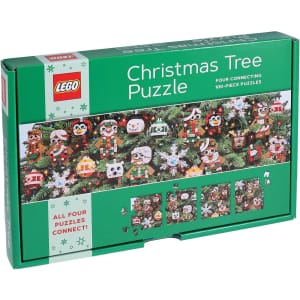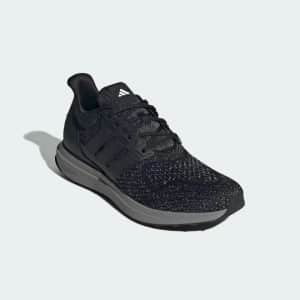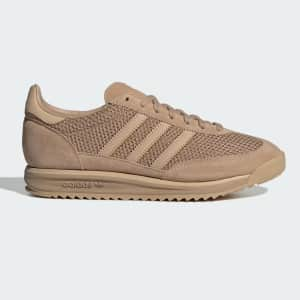
Apply promo code "GIFTS" to get the best price we've seen, and the lowest we could find today by $27. They are in Dark Smoke Grey at this price.
Nike Members get free shipping over $50 and pay a reduced fee of $5 otherwise. (It's free to join. If you check out as a guest you'll get free shipping over $75.) Buy Now at Nike

That's $10 under our mention from last week, by far the best price we've seen for these via the promo code "GIFTS", and just a fantastic price in general for Nike shoes. They are in White/Wolf Grey at this price.
Nike Members get free shipping over $50 and pay a reduced fee of $5 otherwise. (It's free to join. If you check out as a guest you'll get free shipping over $75.) Buy Now at Nike

Apply coupon code "QDCIS88N" for a savings of $25. Buy Now at Amazon
- 60Hz
- 10-second reset
- 5GHz dual-band connection
- rotate/zoom screen via one-touch button
- Model: TGN-W3400-B-YK-001

Apply coupon code "XIIRML4R" for a savings of $7. Buy Now at Amazon
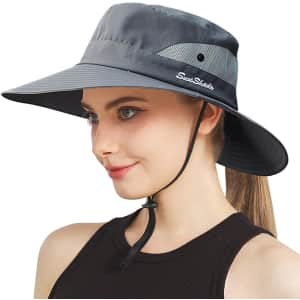
It's the best price that Amazon has charged for this hat and a great deal for a sun hat in general. Buy Now at Amazon
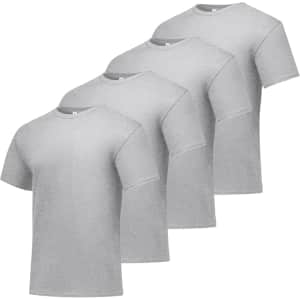
That's a savings of $19 and the best price we've seen. In Ash (or Deep Red for a little more). Buy Now at Amazon

Apply coupon code "CCINNY1000" for a savings of $23. Buy Now at Amazon
- 328 ft long with 1000 LEDs
- 8 lighting modes via remote
- Includes 10 ft extension cord
- IP44 waterproof for outdoors
- Timer and memory function

This comprehensive tour vacation includes stays in Tokyo, Kyoto, Osaka, and more, along with a wide range of bucket-list excursions, including a Bullet Train ride, stop at Mt. Fuji, izakaya dinner, and onsen hotel stay. Note that international airfare is not included but can be added during booking; book this travel deal by December 31.
Satisfy your wanderlust - and your wallet - by taking a look at all our top travel deals. Buy Now at Inspiring Vacations
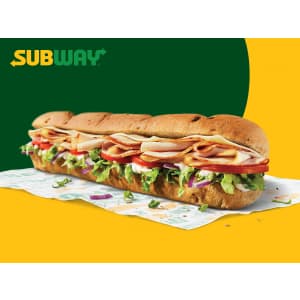
Remember that "Disney+ 12 Days of Perks" offer we listed? (See below.) Well, one of the hottest perks to be found of the deals dropped so far is a free Subway Footlong. It's redeemable thru February 28 or until the first 200,000 redemptions. A Disney+ account is required (and you'll need to be enrolled in their "perks" program.) Shop Now at Disney+

It's the best deal we've seen for these Skechers men's shoes. Prices vary across sizes and colors. Buy Now at Amazon
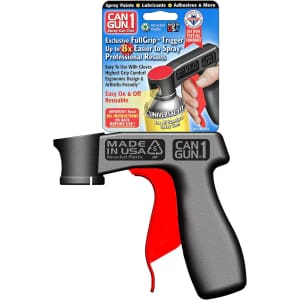
It's the best deal we could find by $2. Buy Now at Amazon

Apply promo code "GIFTS" to get the lowest price we could find by $32, and a super low price for this style. They are in Light Khaki/Volt/Alabaster/Cave Stone at this price.
Nike Members get free shipping over $50 and pay a reduced fee of $5 otherwise. (It's free to join. If you check out as a guest you'll get free shipping over $75.) Buy Now at Nike
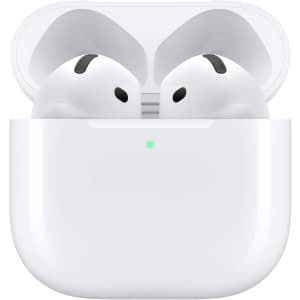
As part of today's daily deals, bag these at $19 less than Amazon is charging right now. Buy Now at Best Buy
- new design with shorter stems and an improved-fitting bud
- USB-C charging
- smallest charging case yet for AirPods
- 30 hours of battery life
- three months of Apple Music for free
- free engraving
- Model: MXP63LL/A
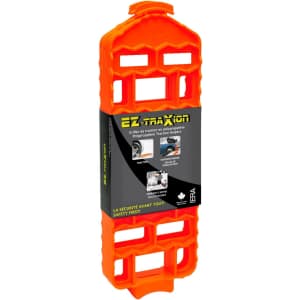

Apply coupon code "KU3SZJS4" for a savings of $26. Buy Now at Amazon
- 10ft ladder with 310 multicolor LEDs
- 8 modes and timer with memory
- IP65 waterproof for outdoor use
- Includes 15.7in decorative Santa
- Safe 30V low voltage operation
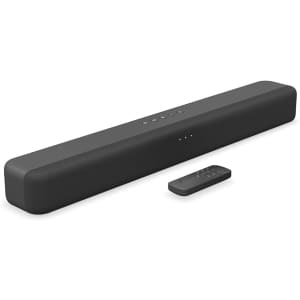
It's the best deal we've seen for this soundbar. It includes a 90-day Woot warranty. Buy Now at Woot! An Amazon Company
- measures 24" x 3.5" x 2.5"
- USB, HDMI, and optical ports
- Model: B0C4BZ28PG

Save $2,702 on this ultra popular island hopping cruise - plus your 3rd and 4th cabin guests sail free. This roundtrip cruise aboard the Ruby Princess departs from San Francisco, CA on September 17, 2026, and stops in Kauai, Honolulu, Kona, Kahului, and Ensenada. Book this travel deal by December 31.
Satisfy your wanderlust - and your wallet - by taking a look at all our top travel deals.  Buy Now at Princess Cruises
Buy Now at Princess Cruises

For just $99/year, you'll get 10GB of data per month, unlimited nationwide talk & text, and the flexibility of WiFi calling & texting. Includes a 3-in-1 SIM card kit. Buy Now at Infimobile
- 10 GB of 5G • 4G LTE per month
- Nationwide Talk & Text
- 3-in-1 SIM Card Kit
- Hotspot available for purchase as an add-on
- WiFi Calling & Text
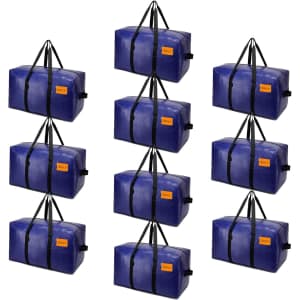
That's $9 under its typical price and the lowest it's been listed at. Buy Now at Amazon
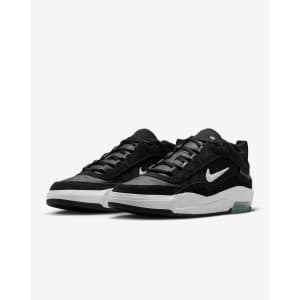
Apply promo code "GIFTS" to get the best price we've seen, and $63 off.
Nike Members get free shipping over $50 and pay a reduced fee of $5 otherwise. (It's free to join. If you check out as a guest you'll get free shipping over $75.) Buy Now at Nike
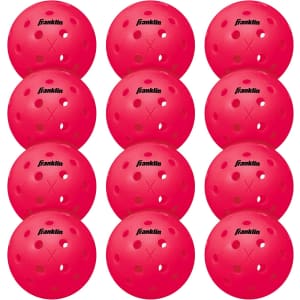
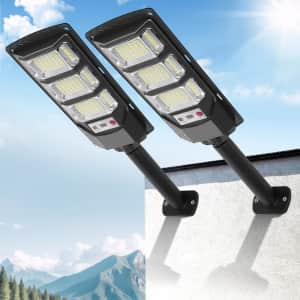
Apply coupon code "FBEPQYYU" for a savings of $26. Buy Now at Amazon
- 2-pack solar lights
- 6500K bright LED output
- Motion sensor activated
- 12h lighting with solar power
- IP67 waterproof for outdoor use
- Model: STL3H-2PK-GEO
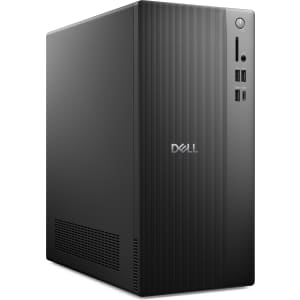
Save up $700 on a selection of Dell desktops that pack 32GB RAM — a great chance to save as RAM prices are predicted to rise rapidly. We've pictured the Dell ECT1250 Core Ultra 7 Tower Desktop w/ 32GB RAM & 1TB SSD for $800 ($350 off). Buy Now at Dell Technologies

Save at least $1,550 compared to similar packages on this three-week exploration of Vietnam, Cambodia, Singapore, and Thailand. It includes stays in Bangkok, Pattaya, Siem Reap, Ho Chi Minh City, and more, alonside flights between stops and guided tours per itinerary.
Book this travel deal by December 31 for travel through April 2027. Buy Now at Travelzoo
- roundtrip international airfare
- regional flights and transfers between cities
- daily breakfast
- overnight Halong Bay cruise
- guided tours and entrance fees per itinerary

That's the best price we've seen in any condition. A one-year Allstate warranty is provided with purchase. Buy Now at eBay
- Qualcomm Snapdragon 8 Gen 3 processor
- 6.8” Dynamic AMOLED 2X HD+ display
- Galaxy AI
- 12GB RAM
- Up to 200MP camera zoom
- Model: SM-S928UZKFXAA

You'd pay $4 more elsewhere. Buy Now at Amazon
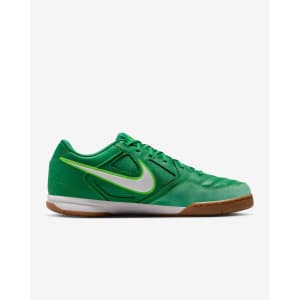
Get this price via the promo code "GIFTS", which is $66 less than most stores charge. They are in Stadium Green at this price.
Nike Members get free shipping over $50 and pay a reduced fee of $5 otherwise. (It's free to join. If you check out as a guest you'll get free shipping over $75.) Buy Now at Nike
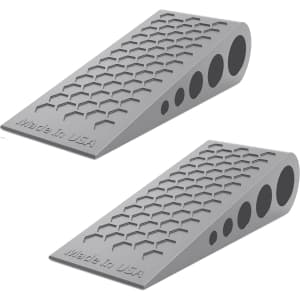
It's the best deal we've seen for this 2-pack. Buy Now at Amazon

That's $4 under its typical price. Buy Now at Amazon

Stack the promo codes "UAHOLIDAY" and "EXTRA20" to save an extra 50% off and 20% off respectively on all styles in this section. We've pictured the UA Surge 4 Men's Running Shoes for $24 after both codes ($41 off). The same codes also bag free shipping, an $8 savings over the regular cost. Buy Now at Under Armour
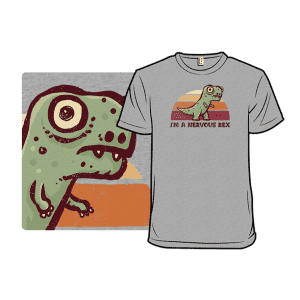
A discount of 46.67% will be applied to your order at checkout automatically when you buy two or more shirts, sweatshirts, or hoodies from the collections linked on the landing page. We've pictured the I'm a Nervous Rex T-Shirt for $8 each when you buy two ($14 off). Buy Now at Woot! An Amazon Company
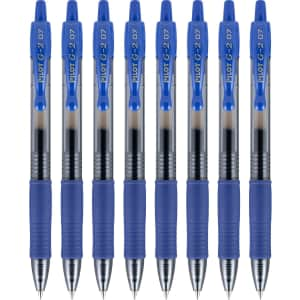
It's the best deal we could find by $8 and the lowest price that Amazon has charged for this 8-pack. Buy Now at Amazon

Get five years of membership for just $11 per year as part of AARP's Black Friday deal. The AARP Membership gives you access to discounts, programs, and services from trusted brands. This deal's available until December 9. Buy Now at Aarp Services Inc

Get deals on a large selection of clearance items in this sale at Woot. Items are grouped by price. Sizes and stock on select items may be limited. Buy Now at Woot! An Amazon Company

That's the lowest price we could find by $63 after applying promo code "GIFTS". They are in University Gold/Laser Orange/Sail/Black at this price.
Nike Members get free shipping over $50 and pay a reduced fee of $5 otherwise. (It's free to join. If you check out as a guest you'll get free shipping over $75.) Buy Now at Nike
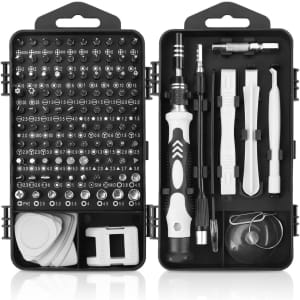
Here you'll find a bunch of cheap clearance items priced at $3 or less as part of Amazon Haul's $3 Flash Deals Sale. Many items are marked as low as 1-cent. Shipping is free on Amazon Haul orders of $25 or more. Buy Now at Amazon
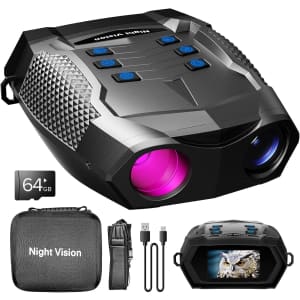
Apply coupon code "7JDBWVZC" for a savings of $55. Buy Now at Amazon
- 4K HD videos & 40MP images
- 3'' viewing screen with backlight option
- 8X digital zoom
- 3W 850nm strong infrared spotlight
- built-in 5,000mAh Li-ion rechargeable battery
- IPX54 waterproof rating
- Model: Z525 Pro
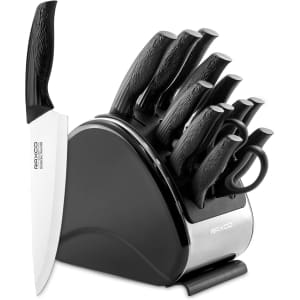
Apply coupon code "YRC9F9OH" for a savings of $16. Buy Now at Amazon
- Includes 12 kitchen knives
- Comes with block, scissors, and sharpener
- German stainless steel for durability
- Compact design saves counter space
- Bionic-eagle handle for stability


It's a great deal for a basic 3-pack of men's sunglasses. Buy Now at Amazon

Apply coupon code "ELZ27J87" for a savings of $10. Buy Now at Amazon
- Black lace bra and panty
- Underwire bra for natural lift
- Mesh with heart embroidery
- Adjustable straps and side-tie
- Ideal for romantic occasions

It's the best deal we've seen for this model. Buy Now at Amazon
- 2K resolution
- Model: MPEG-4

Seniors with a valid and active AARP membership can take 10% off any Paramount+ plan in 2025. That includes the basic Paramount+ Essential and the higher tier Paramount+ with Showtime. Prices start at $7.19 per month.
Want to learn more about Paramount Plus discounts? Our guide to Paramount Plus coupon codes in 2025 has the info you need for scoring discounts on the streaming service. Also check out our guide to Paramount Plus subscription costs and prices to learn how much Paramount Plus is in 2025. Buy Now at Paramount+
How Much Can I Save on the Hottest Deals?
The average savings can vary wildly day by day, but we regularly see discounts of anywhere from 15% to 96% off. The biggest discounts usually pop up for holidays, such as these Early Prime Day Deals. Thanks to coupon codes giving extra discounts, we'll regularly see shoes and apparel from the biggest brands like Nike, adidas, and New Balance at over 50% off. If you're looking for tools or home improvement, we see deals from stores like Home Depot and Lowe's that take up to 70% off. Plus, if something's at its best-ever price, or close to it, or is just something we think is extra neat, you'll probably find it on our Staff Picks page.
How Often Are the Hottest Deals Updated?
Around the clock! An international team of highly-trained deal jockeys is constantly scouring Amazon, Walmart, Best Buy, Target, and any other store you care to name, seeking out the latest and greatest deals for you to peruse. From daily deals and doorbusters to niche finds and off-the-wall offers, our pages are always being updated with something new and interesting and discounted.
